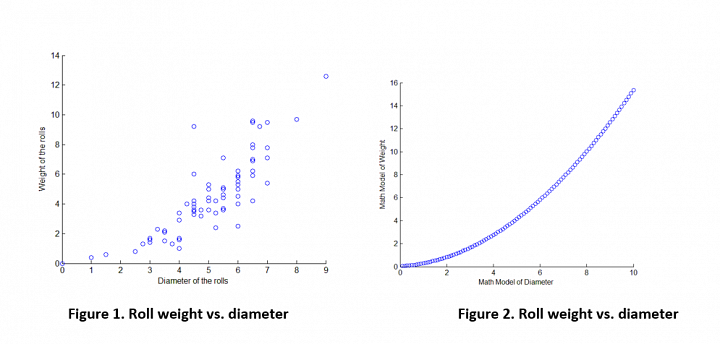As discussed in a previous blog post, many provinces across Canada are aiming legislation at the reduction of musculoskeletal disorders (https://www.ewiworks.com/news/post.php?s=2014-03-28-occupational-musculoskeletal-injuries-and-ergonomists). Many of the regulations that are in place take aim at manual handling, including Part 14 of the Alberta OHS Code.
One of the most common questions Ergonomists receive around manual materials handling is, “How much can someone safely lift?” The answer to that question is dependent on a number of variables, including: how often is the lift occurring, what are the start and finish height of the lift, how far the object is from the person, and how easy it is for the person to grasp the object. A professional Ergonomist can assist in determining the safe lift limit based on this criteria.
Often organizations determine a safe lift limit, but they do not want to weigh each item to determine if it meets the criteria. In workplaces where employees accept objects from clients/customers for processing, it is logistically challenging and time consuming to weigh each received object prior to approving acceptance. Also, there is a perception that weighing objects being received, is not customer friendly, or that is can lead to confrontation. The good news is, there is an alternative to weighing….
You could use of a jig to check the size of the object, and knowing typical relationships between object size and weight you can ensure it is within safe load limits. For example, when you go to the airport and take carry-on luggage onto the plane. The size is checked to confirm it will fit below your seat or in the overhead bin, but airlines are also confident that it won’t add a significant amount of weight due to the limited size.
We recently completed a project where the organization that was accepting large paper roll plans. The organization wanted to ensure the weight of the roll plans was safe for their employees, but they wanted to avoid having to physically weigh plans as they came in.
Initially a safe weight limit was identified at 11.5 kg (considering the frequency and duration of lifting, combined with the characteristics of the lift). The client company was committed to keeping their employees safe, but did not want to weigh each individual plan.
It was suggested that they use the size of the roll to determine whether it would meet their desired safe weight limit (similar to how airlines check that your carry-on luggage is acceptable). A sample of 77 roll plans were weighed, and graphed against their diameter (Fig. 1). A statistical model was created to portray the relationship between the diameter of the roll plans for this workplace, and the expected weight.

Using the model, it was determined that roll plans that were less than 8” in diameter met the pre-determined safe weight limit (11.5 kg).
(http://www.calgary.ca/PDA/pd/Documents/Newsletters/planning-and-development-dispatch-newsletter-june-2013.pdf)
The model’s equation also included a safety factor to account for variability in the weight/diameter relationship.
The new method for determining whether an in-coming roll was at a safe weight was easy for both staff and customers as everyone was educated that roll plans need to have a diameter less than 8”.
This is an example of a simple alternative method to weighing the object each time that might apply to other organizations.

